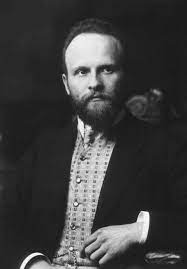Article by: Bhavya, Nitya and Yatra
Design by: Manan

George Washington Crile
- Crile specialised in the operation of Morbus basedow (Grave’s disease).
- He researched on causes of spontaneous and operative basedow death.
- He was the first person to describe radical neck dissection for laryngeal and other neck cancers.
- It involved the removal of all neck nodes along with SCM, IJV and Accessory nerve.
- This increased the survival of the patient but quality of life was poor (due to shoulder dysfunction).
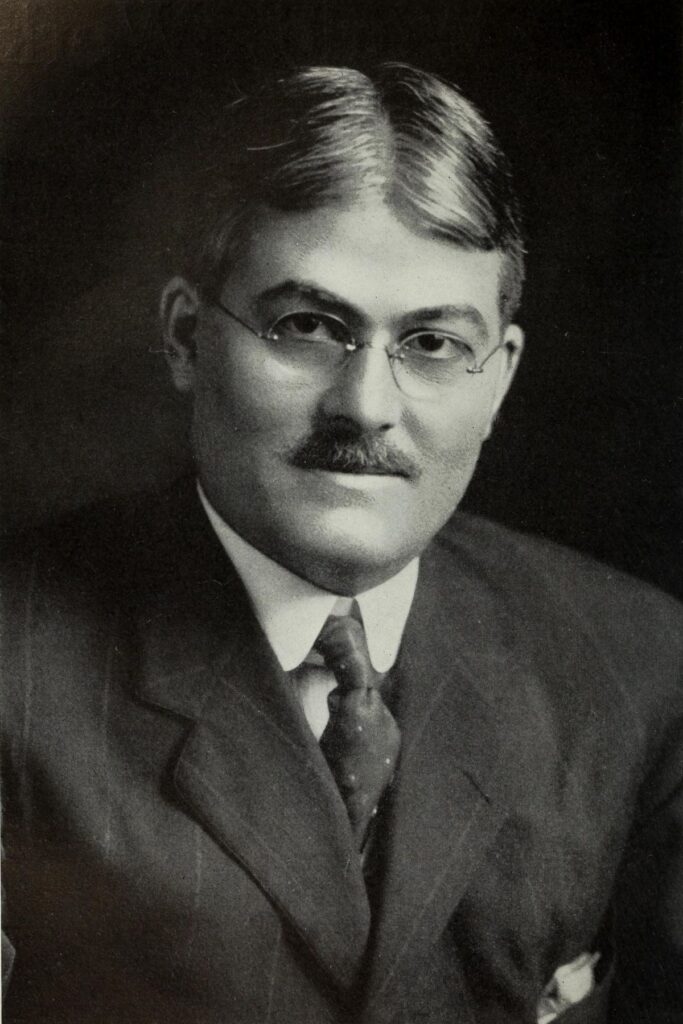
Adam Politzer
- Politzer known as the Father of History of ENT.
- He developed Politzerisation – air is blown up nose during swallowing, to inflate the middle ear. This reopens the Eustachian tube and helps maintain equal pressure in all the sinuses.
- Politzer used a pear shaped rubber air bag called Politzer bag to achieve this.
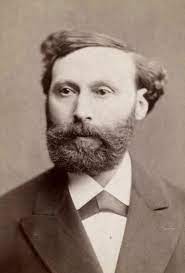

Wilhelm Meyer
- Meyer was the first to describe nasal obstruction, mouth breathing, snoring and hearing loss due to adenoid hypertrophy.
- He suggested removal of adenoids using an adenotome as the treatment option.
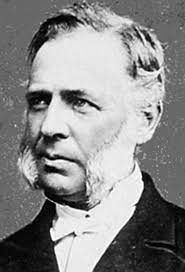
Ephraim Fletcher Ingals
- Septoplasty was first described by Cottle.
- Ingals is the Father of modern septoplasty.
- He developed the Window Resection technique for septoplasty.
- This involved removal of the deviated portions of septal cartilage all at once with bilateral preservation of mucosal flaps.
- Ingals also modified and invented instruments for bronchoscopy.
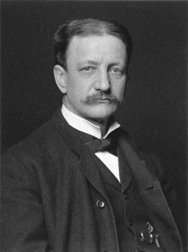
Theodor Billroth
- Theodor Billroth performed the first laryngectomy.
- He also performed the first successful resection of antral carcinoma.
- Billroth also performed the first esophagectomy.
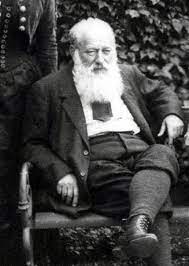
Robert Barany
- Barany won a Nobel Prize for his work on the Inner Ear and Vestibular Apparatus.
- His research on vertigo and nystagmus made surgical treatment of vestibular organ possible.
- Barany also investigated other aspects of equilibrium control including function of cerebellum.
- He was the first to describe Benign Paroxysmal Positional Vertigo.
